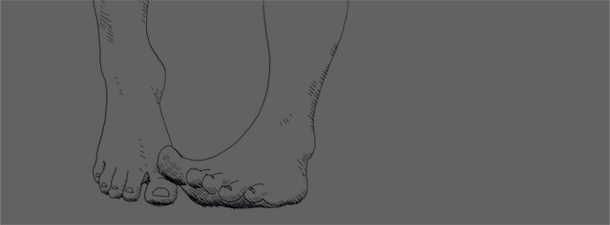Donald Hutera – Commissioned by the Trans Danse Europe network, this double-bill from two members of Finlands Nomadi collective is welcome news. The pieces are highly complementary in their differences. The mood, tone and textures of each could seep into ones system.
Arvio on ilmestynyt aiemmin Dance Europe -lehdessä, ja se julkaistaan uudelleen kirjoittajan luvalla.
Lue myös:
Teemu Kyytisen teosarvio
Marjo Kuuselan kommentit

Flow, kuva Tanja Ahola
Flow
Koreografia ja tanssi: Arja Raatikainen
Visualisointi: Jukka Huitila
Äänisuunnittelu: Antti Nykyri
Pukusuunnittelu: Marja Uusitalo
Lucid Dreaming
Koreografia: Alpo Aaltokoski
Tanssijat: Jonna Eiskonen, Heidi Naakka, Valtteri Raekallio
Visualisointi: Jukka Huitila
Musiikki ja äänisuunnittelu: Timo Muurinen
Pukusuunnittelu: Marja Uusitalo
Tuottaja: Nomadi-tuotanto
Kantaesitykset 28.1.2005 Gran-teater for Dans, Århus, Tanska
Commissioned by the Trans Danse Europe network, this double-bill from two members of Finlands Nomadi collective is welcome news. The pieces are highly complementary in their differences. The mood, tone and textures of each could seep into ones system.
The open-minded precision of Arja Raatikainens solo Flow transcends its somewhat generic title. She begins, to the sound of bells, by swinging an arm so fast it resembles tautly-spun string. Her body, slipped into a costume by Marja Uusitalo like a second skin, suggests a paintbrush with the stage as canvas.
The visual design, always an important factor in Finnish dance, is by Jukka Huitila. Depending upon the lighting, the dozen oblong panels suspended upstage create varying graphic fields in which Raatikainen makes serious play. Whether crouching into a low stretch, executing a soft high kick or simply rotating wrist or head, shes like a feline who invented tai chi. Some unself-conscious animal, at any rate. A creature of stealth and physical articulation, a subtle shape-shifter.
Although it contains nothing overtly virtuosic, Raatikainens performance has volume. A mistress of stillness, she creates a space around herself that allows us to come to her rather than vice-versa. And once were in her orbit, we can all breathe easier.
Raatikainens aural environment (by Antti Nykyri) is reverberant. The sound in Lucid Dreaming (by Timo Muurinen) switches from vibratory sonorities and tics to clubby machinated rhythms. This is the most extrovert and pointedly satirical of the handful of works by Alpo Aaltokoski that Ive seen. It looks sensational. A black glitter curtain backs Huitilas set. An overhead screen is covered in the same material. There are also large, transparent hanging panels, and upstage a gorgeous bit of lighting thats like a band of low-lying fog.
Dancers Jonna Eiskonen, Heidi Naakka and Valtteri Raekallio keep disappearing offstage, returning in yet another of Uusitalos black or white-based outfits. Her work here is fabulous, a carefully-chosen and assembled riot of stripes, plaids, fringe, ribbons, tulle cuffs, long gloves, sparkling PVC and more. Trendy, sexy, witty and odd, these are novelty-act costumes that reveal and conceal. Theyre also clothes that can be danced in.
Angular and gestural, quirky and curving, the dance itself combines fizzy pop disorientation with a peculiar cool. Its an approximation of the state where one is both in a dream and aware of it. Aaltokoskis gimlet-eyed tickler can also be taken as a comment on the perplexingly fast, celebrity-chasing culture familiar to so many of us. Little wonder that the dancers should look either blank or dizzied negotiating movement that is animated, automated and marked by a twitchy extremity. The 21st-century players they portray are on a track over which each has little or no control. Any awakening they experience is short-lived.
The piece should stop with a quasi-cinematic collage cum costume party. Instead it eddies on a bit. No problem. Its as smart as it is engagingly strange.
Donald Hutera
Reprinted with the permission of the author. This review originally appeared in the London-based magazine Dance Europe – www.danceeurope.net







